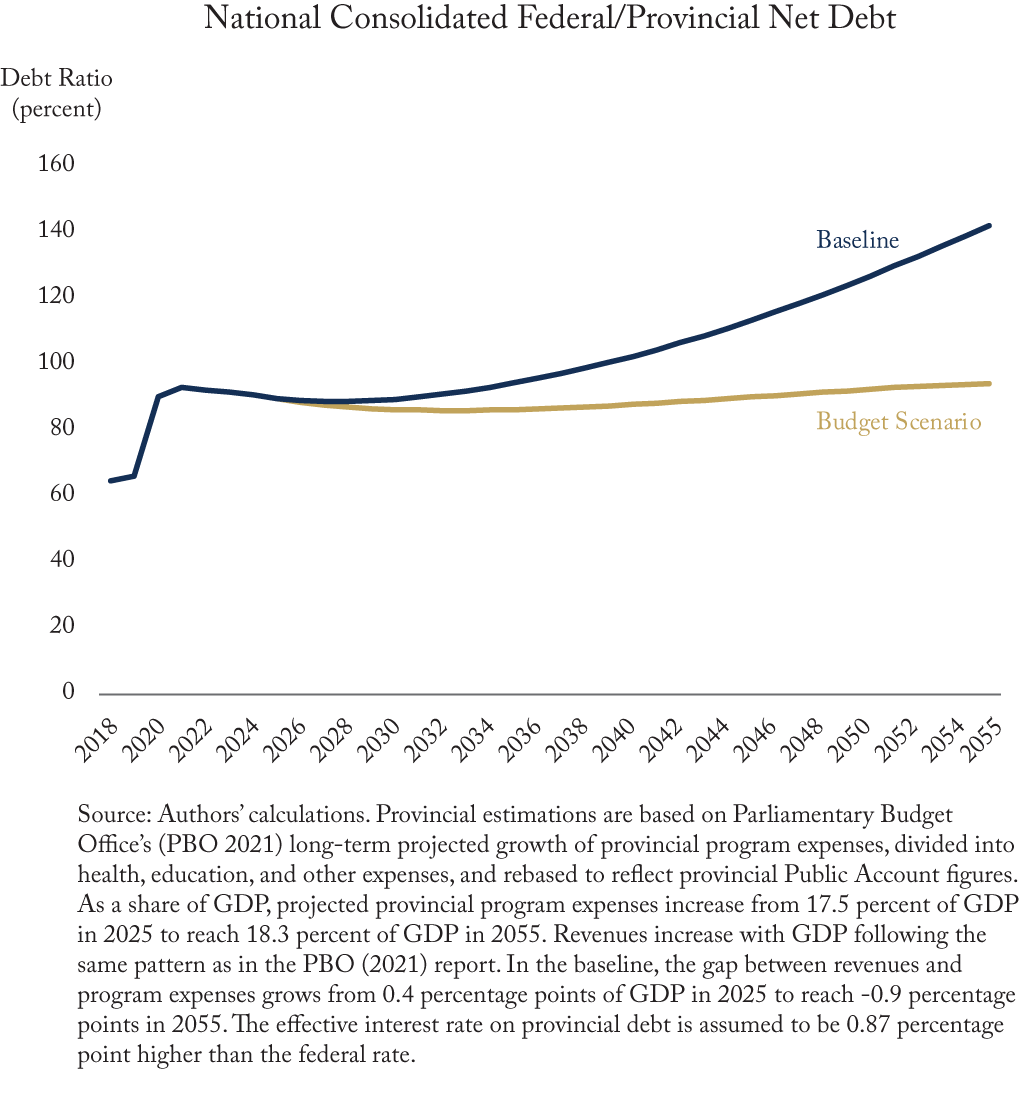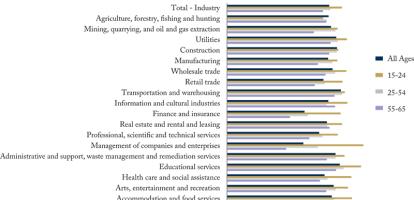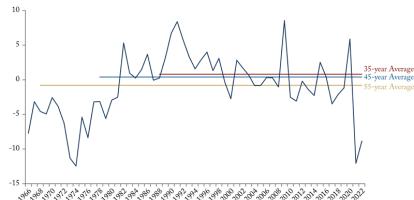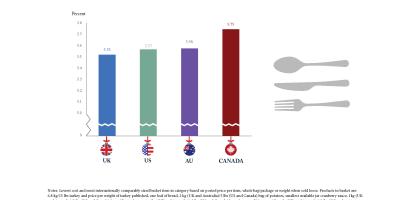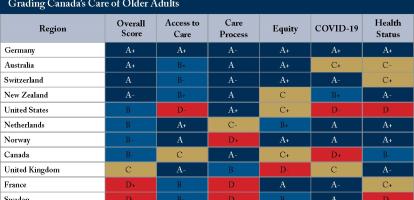Increases in government spending during the pandemic have led to debt-to-GDP ratios that are high and climbing. Consolidated federal/provincial net debt may reach up to 140 percent of GDP by 2055 in our preferred baseline scenario for future GDP growth and debt servicing costs, and almost 100 percent by 2055 using the 2021 federal budget’s optimistic scenario.
High debts levels put Canada at risk of interest rates increasing faster than growth rates, which in turn increases the likelihood that the federal government will need to raise taxes and cut spending. Provinces are in even worse shape, as they are facing intense aging-induced cost pressures of their own.
This puts combined provincial and federal governments in a precarious position over the long run, with little leeway for managing future unfunded spending commitments, including the emerging climate crisis. Informed policy choices about taxes and spending can help mitigate the risks of pandemic debt but are ultimately limited by economic growth rates. Canada must raise its long-term economic growth rate to give itself fiscal room to deal with the next economic challenge.
To learn more about our projections and policy recommendations, read “Rolling the Dice on Canada’s Fiscal Future”, by Alexandre Laurin and Don Drummond.

